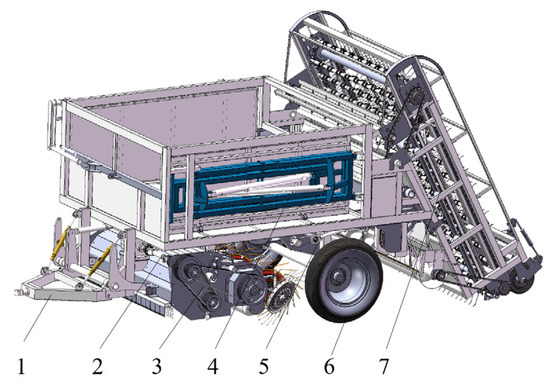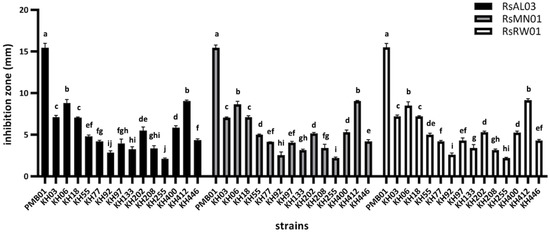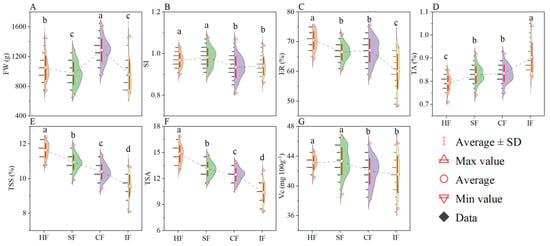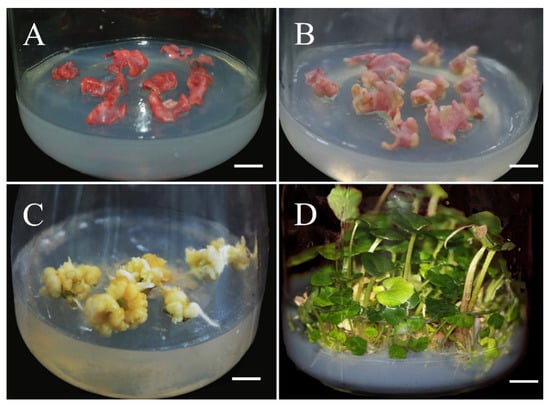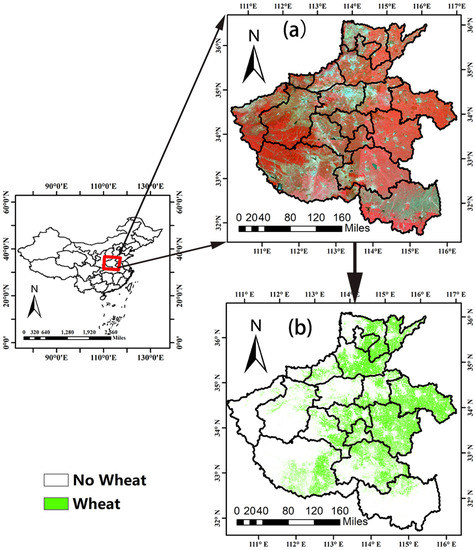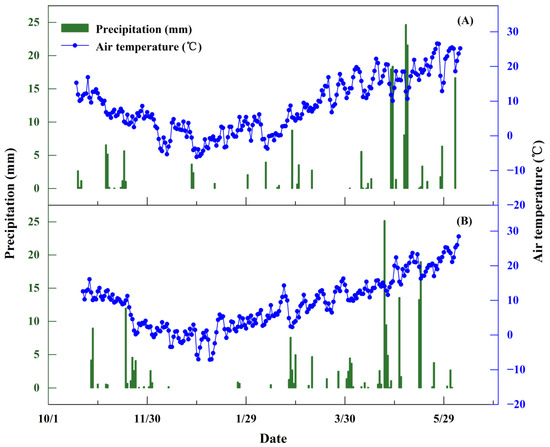1
College of Mechanical and Electrical Engineering, Xinjiang Agricultural University, Urumqi 830052, China
2
Mechanical Equipment Research Institute, Xinjiang Academy of Land Reclamation Sciences, Shihezi 832000, China
3
Xinjiang Key Laboratory of Intelligent Agricultural Equipment, Urumqi 830052, China
4
College of Mechanical and Electrical Engineering, Shihezi University, Shihezi 832000, China
5
Institute of Agricultural Mechanization, Xinjiang Academy of Agricultural Sciences, Urumqi 830091, China
Agriculture 2022, 12(10), 1717; https://doi.org/10.3390/agriculture12101717 - 18 Oct 2022
Cited by 11 | Viewed by 2384
Abstract
We attempt to solve the current problems of high impurity content and the poor reliability of chain harrow type residual film recovery machines when picking up residual film. This study makes a device for picking up residual film with a hook-and-tooth chain rail.
[...] Read more.
We attempt to solve the current problems of high impurity content and the poor reliability of chain harrow type residual film recovery machines when picking up residual film. This study makes a device for picking up residual film with a hook-and-tooth chain rail. First, we conducted an analysis of the trajectory of the tip movement of the hooked teeth in the designed picking device, with the condition that the residual mulch does not miss the picking, and the force conditions of the residual mulch in the conveying process and the collection process are presented. Secondly, to determine the optimal working parameters of the picking device, a three-factor, three-level response surface optimization test was conducted with the machine forward speed, hook tooth entry depth, and chain harrow input speed as the test factors and the residual film picking rate and the impurity rate of residual film as the test indexes. In addition, a response surface regression model was developed to analyze the effects of the selected factors on the picking device. When the forward speed of the machine was 1.62 m/s, the hook tooth entry depth was 38.51 mm, and the input speed of the chain harrow was 241.42 rpm, the pickup rate and the impurity rate of the residual film were 88.27% and 9.96%, respectively. Finally, the simulation test was carried out under optimal working conditions, with the maximum force of the hook teeth being 60.7 N, the maximum deformation being 31.42 mm, and the maximum stress being 215.33 Mpa. This study can be used as a guide to further improve the design of the residual film recovery machine.
Full article
(This article belongs to the Special Issue Design and Application of Agricultural Equipment in Tillage System)
▼
Show Figures
